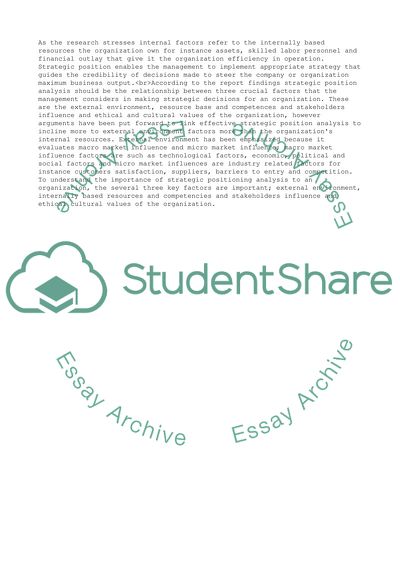Cite this document
(“Strategic Leadership in a Changing World Essay Example | Topics and Well Written Essays - 1750 words - 2”, n.d.)
Strategic Leadership in a Changing World Essay Example | Topics and Well Written Essays - 1750 words - 2. Retrieved from https://studentshare.org/management/1702191-strategic-leadership-in-a-changing-world
Strategic Leadership in a Changing World Essay Example | Topics and Well Written Essays - 1750 words - 2. Retrieved from https://studentshare.org/management/1702191-strategic-leadership-in-a-changing-world
(Strategic Leadership in a Changing World Essay Example | Topics and Well Written Essays - 1750 Words - 2)
Strategic Leadership in a Changing World Essay Example | Topics and Well Written Essays - 1750 Words - 2. https://studentshare.org/management/1702191-strategic-leadership-in-a-changing-world.
Strategic Leadership in a Changing World Essay Example | Topics and Well Written Essays - 1750 Words - 2. https://studentshare.org/management/1702191-strategic-leadership-in-a-changing-world.
“Strategic Leadership in a Changing World Essay Example | Topics and Well Written Essays - 1750 Words - 2”, n.d. https://studentshare.org/management/1702191-strategic-leadership-in-a-changing-world.


